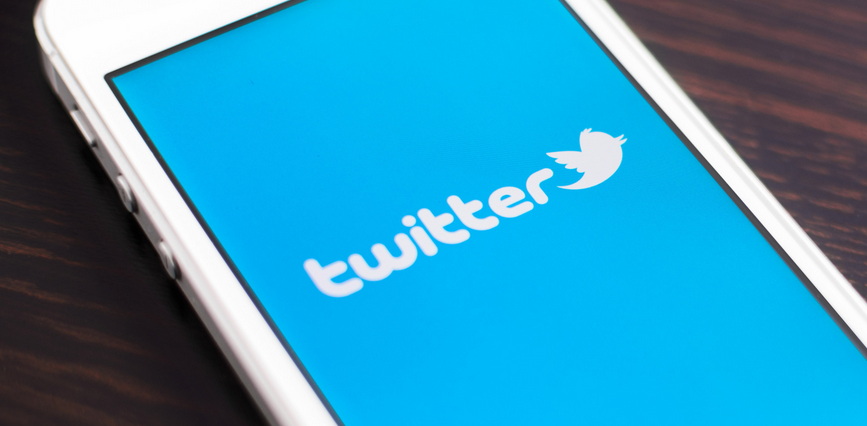Continuing my review of federal agency/department use of social media, this week I’m looking at Twitter (missed the Facebook review last week? Check it out here). After reviewing more than 100 Twitter feeds, I learned a lot. Some agencies tweet too much. I know a lot of that is personal preference, but I find it difficult to glean any useful information from a feed if I have to scroll through 20+ posts from one day. For example, I left a few feeds open while I was writing this piece. Over the course of less than two hours, there were 16 updates posted to the Department of Commerce feed, fifteen of which were retweets.
I also found feeds that didn’t truly further the mission of the agency (for example this tweet from the CIA), and there were plenty that were downright boring and were clearly struggling to gain an audience. My biggest takeaway is the importance of finding a balance in which you can be relevant to both your audience and your agency, while subsequently harnessing the power of the Twitter platform to share (in 140 characters or less) everything great about what you do.
Here’s what I looked for on each Twitter feed: number of followers, number of tweets (along with date joined), type of information shared, variety of information, retweets, autoposts (from Facebook or Instagram), and how much/what type of information is provided when tweeting a link. The following are my thoughts on some of the best feeds (in no particular order) and how you can use this information to improve your own.
- FEMA: As you’d imagine, the feed is full of tips on how to prepare for a disaster. FEMA also retweets severe weather information and share stories about rebuilding after a natural disaster. What I really like about this page is how they tie cultural references into their information. For example, during the releases of the multiple Sharknado movies, FEMA tweeted about real-life disasters that rival the damage caused by Sharknado. Key takeaway: Offer valuable information for your audience, but do it in a fun, relevant way that will get noticed.
- Census: Unless you’re a data junky, researching family history, or filling out your decennial information, you’re aren’t all that likely to come in contact with the Census Bureau. Which is kind of sad considering how much awesome data they have. They use their Twitter feed mainly to share some of this information. Last week, for example, they were talking beer exports and breweries. In May, it was biking stats for Bike to Work Day. Key takeaway: Don’t hide your data—find an interesting way to share it with your audience that makes it relevant outside of your department or agency.
- USAID: What I like about the USAID feed is how it allows me to see what the agency does and the outcomes of its work. Key takeaway: Don’t be afraid to be promotional. Show how your work truly impacts the people it is intended to reach.
- CFPB: I think the CFPB feed was my favorite in terms of truly speaking to its mission through social media. They want to work for and protect consumers, and they’ve done that well. From sharing information about getting a mortgage to dealing with credit reporting errors to answering financial questions, the feed informs the audience of the knowledge and assistance CFPB can offer. Key takeaway: You don’t have to tweet about every single service your department or agency offers. Pick one or two to profile each week so your audience knows where to turn for help.
- Interior: A lot of folks don’t know too much about Interior, which is sad because they do some amazing work. They’re using their Twitter feed to show you just how cool that work can be, and how they’re protecting America’s lands. Key takeaway: Use your feed to show people what you do. Don’t assume that everyone knows all about your department or agency, and don’t be scared to dig down deep into areas many people don’t know about.
- DOT: I’m highlighting this feed because I like the #ShowUsYourInfraWear project they’re featuring for the month of August, which invites users to share pictures of infrastructure issues around them. (It would be interesting to know how many of these problems end up being tackled by the various authorities that oversee infrastructure around the country.) Key takeaway: Find a way to interact with your audience that is relevant to your mission, but that also allows users to feel that their input is valued.
What are your favorite Twitter feeds? Tell me in the comments, or tweet them to me @HLKerrigan.
Want more information? Check out GovLoop’s 15 Commandments for Government Agencies on Twitter.





Leave a Reply
You must be logged in to post a comment.